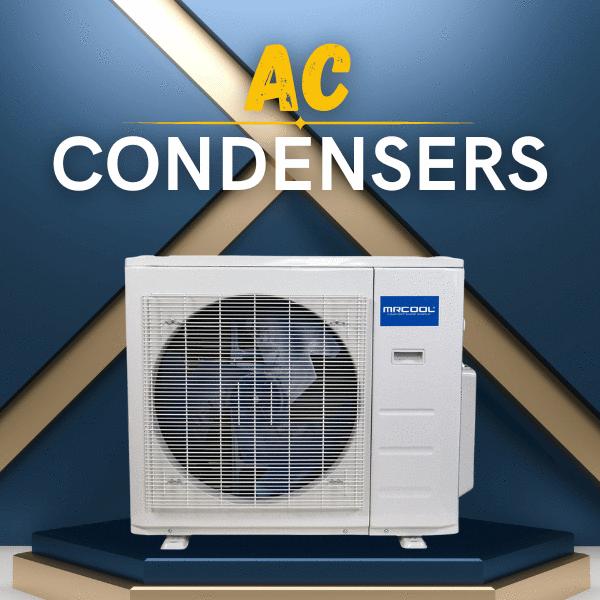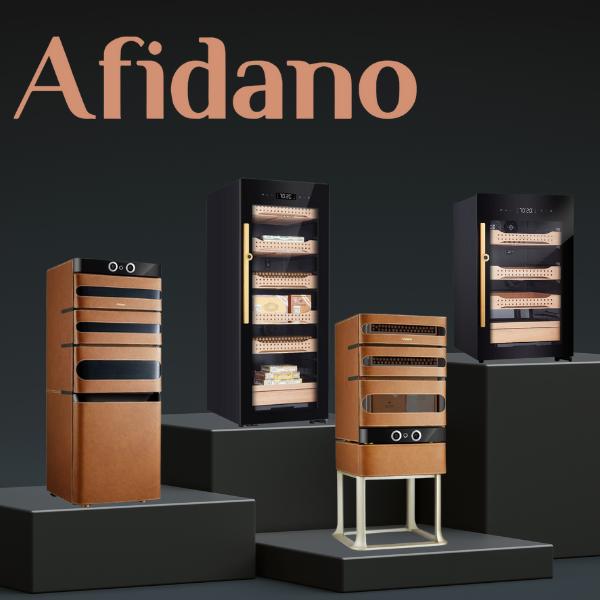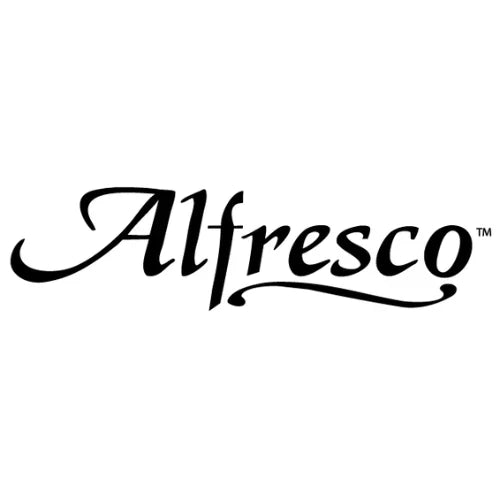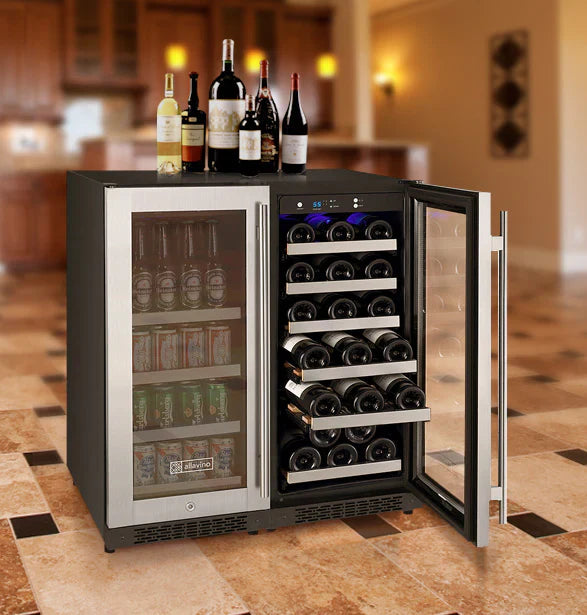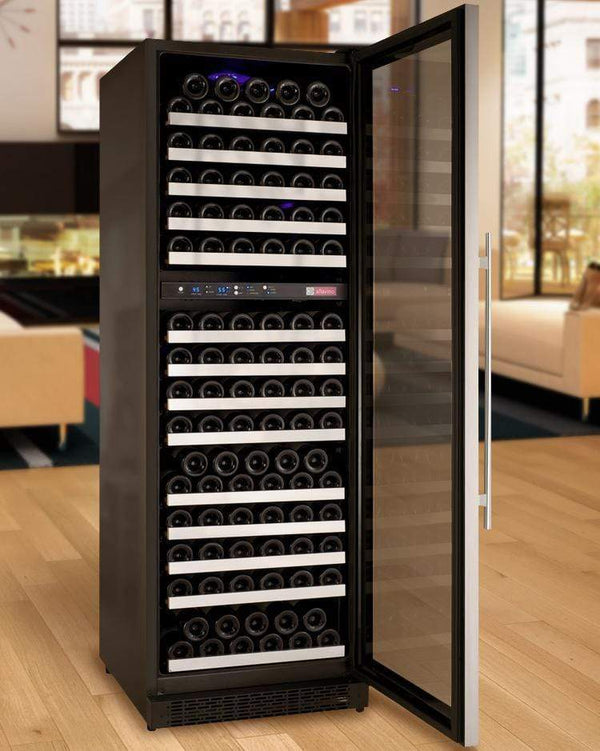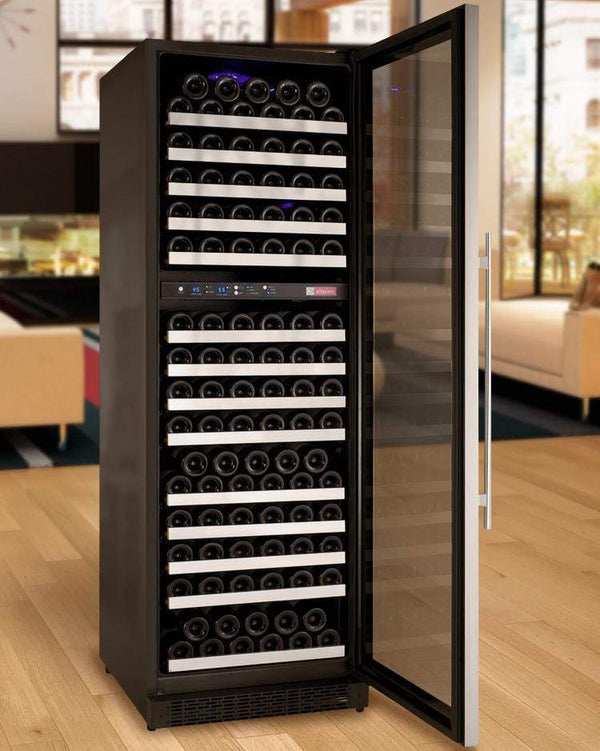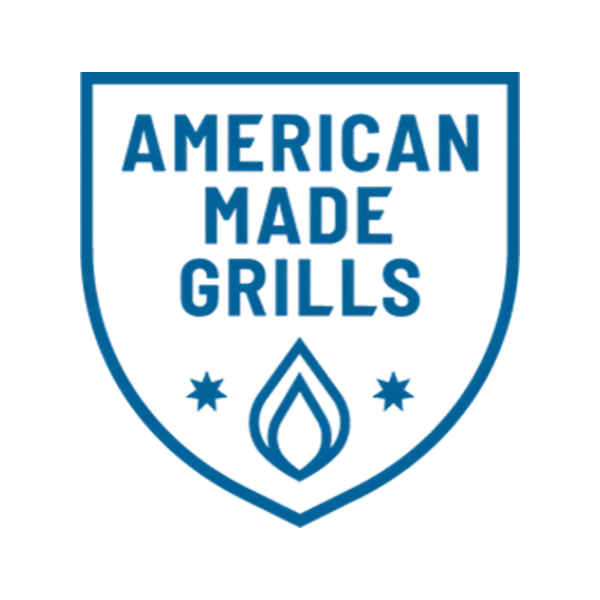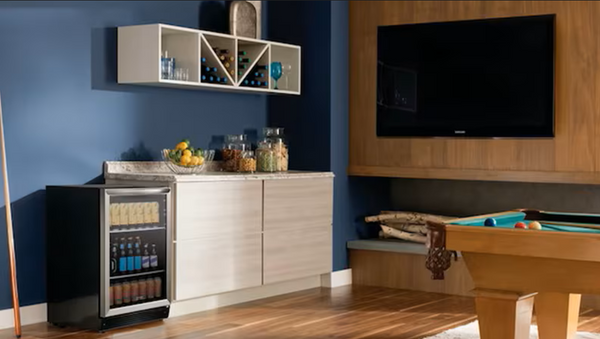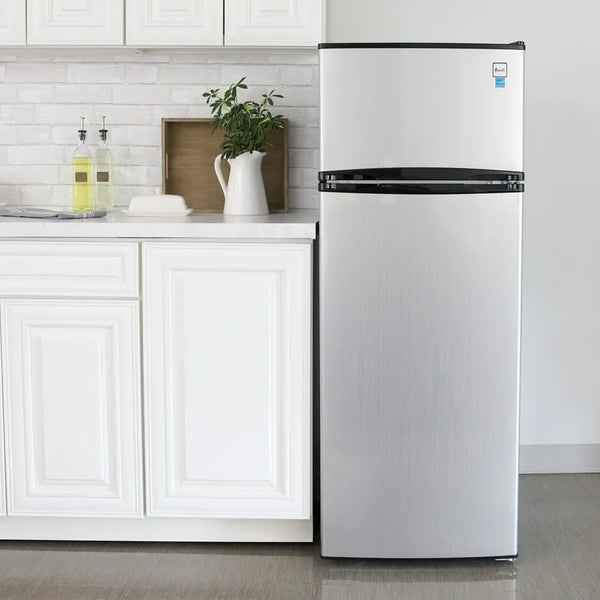What Is the Ideal Wine Cellar Temperature? Expert Tips
What’s the Ideal Wine Cellar Temperature? Discover Why It Matters for Your Wine Collection
By Jim Hopper, Wine Cooling Expert
Imagine opening a treasured bottle of wine, only to find its flavors muted and its aromas faded. The culprit is often improper storage conditions—especially temperature. Whether you’re a casual wine enthusiast or building a serious collection, understanding the ideal wine cellar temperature is essential to preserving your bottles and enjoying every sip at its best.
If you’re looking for a comprehensive overview of storage solutions and climate control, don’t miss our Ultimate Guide to Wine Cellar Cooling Systems.
In this guide, you’ll learn what temperature is truly ideal, why it matters, and how you can achieve it at home—no matter your space or budget.

Quick Reference: Ideal Wine Cellar Temperature & Key Factors
-
Ideal Cellar Temperature:
Store wine between 10–15°C (50–59°F) for best results. This range preserves flavors, aromas, and cork integrity. -
Wine Type Guidelines:
- Red wines: 13–14°C (55–58°F)
- White wines: 10–13°C (50–55°F)
- Sparkling wines: 7–10°C (45–50°F)
-
Long-Term vs. Short-Term Storage:
For long-term aging, opt for the lower end of the range to slow maturation. Short-term storage is more forgiving but should still avoid temperature extremes. -
Temperature Fluctuations:
Rapid changes can damage wine by causing corks to expand and contract, risking oxidation and spoilage. -
Other Essential Conditions:
- Humidity: 60–70% helps prevent corks from drying out and keeps bottles sealed.
- Darkness: Store wine away from direct sunlight to prevent spoilage.
- Vibration: Keep bottles undisturbed to protect the aging process.
What Is the Ideal Wine Cellar Temperature?
Experts agree: the ideal wine cellar temperature is between 12°C and 15°C (55°F to 59°F). This range allows wine to mature slowly, developing complexity and character without risking spoilage or premature aging. While some sources cite 14°C (57°F) as the “perfect” number, the most important factor is staying within this safe range and avoiding extremes.
Did you know? Most household rooms are kept around 20°C (68°F)—much too warm for safe wine storage!

Why Temperature Matters for Wine Storage
Temperature directly affects the chemical reactions that shape a wine’s flavor, aroma, and structure as it ages.
- Too warm: Wine ages too quickly, losing freshness and balance. Over time, heat can cause “cooked” flavors and color loss.
- Too cold: Aging slows dramatically, and flavors may remain muted. While less risky than heat, very cold storage can cause harmless tartrate crystals to form.
How quickly does damage happen?
A study in Northern Italy found that wines stored at room temperature aged up to four times faster than those kept in a professional cellar. The result? Loss of antioxidants, color, and overall quality.
The Importance of Temperature Consistency
Consistency is just as important as the actual temperature. Rapid or frequent swings can:
- Cause wine to expand and contract, pushing the cork out or letting air in (leading to oxidation).
- Disturb the wine’s chemical stability, resulting in faults or off-flavors.
Gradual, seasonal changes
Gradual, seasonal changes—like a cellar that shifts slowly from 12°C to 18°C over the year—are generally safe for wine. Only sudden temperature spikes or drops pose a real risk. If your cellar experiences slow, predictable changes with the seasons, your wine will age a little faster at warmer periods but won’t be harmed.
Effects of Storing Wine at Incorrect Temperatures
Above 20°C (68°F):
- Accelerates aging
- Increases risk of “cooked” flavors, oxidation, and color loss
- May push corks out or cause leaks
Below 10°C (50°F):
- Slows aging (not harmful, but delays peak drinkability)
- Can cause tartrate crystals to form

Temperature Guidelines for Different Types of Wine
White, sparkling, and rosé wines:
More sensitive to heat and light; best stored at the cooler end (12–14°C / 54–57°F).
Red wines:
Tannic reds are a bit more resilient to temperature swings and can tolerate slightly higher temperatures, though they still benefit from consistent storage.
Low-sulphur or natural wines:
Particularly delicate; keep as close as possible to 12–14°C (54–57°F) to avoid spoilage.
Fine wines meant for long aging:
Benefit most from precise, stable conditions.
Most everyday wines are forgiving if consumed within a few years, but fine wines and those meant for aging need more attention.
Humidity: The Unsung Hero of Wine Storage
Proper humidity is essential for long-term wine storage. Aim for 50–75% humidity to keep corks from drying out (which lets air in) or becoming moldy. For collections meant to age for many years, targeting the higher end—around 70–75%—is especially beneficial. This helps prevent cork shrinkage and protects your investment.
If you’re troubleshooting humidity issues or want to understand its impact, visit our article on the importance of wine cellar humidity.
Tips for Achieving and Maintaining Ideal Cellar Temperature
If you don’t have a natural cellar, a dedicated wine cooler is often the most practical solution for home storage. You’ll find options for built-in wine coolers as well as freestanding and under-counter models, so you can match your space and style.
For larger or specialized cellars, consider a wine cellar cooling unit for precise temperature control. Our selection includes ducted split systems and cabinet cooling solutions for advanced needs.
If you’re considering a ducted system, check out our comprehensive Ducted Wine Cellar Cooling Units Guide for expert advice on choosing and installing the right system for your space.
If you want to keep both wine and other beverages at optimal temperatures, explore a wine and beverage cooler combo.
Avoid kitchens, laundry rooms, and garages, which are prone to wide temperature fluctuations.
Light and Vibration: Hidden Enemies of Wine
Exposure to UV rays can degrade flavors and aromas, and accelerate aging by causing chemical changes in the wine. For extra protection, see how UV light technology in wine cellar cooling units can help safeguard your collection.
Frequent or strong vibrations can disturb sediment in older wines and may speed up chemical reactions, leading to premature aging or loss of complexity. Store bottles away from appliances, heavy foot traffic, or sources of vibration.

Bottle Position: How to Store Different Closures
Store corked bottles on their side to keep the cork moist, preventing air from entering and oxidizing the wine. Screwcap bottles can be stored upright, as the seal does not rely on moisture.
For attractive and functional storage, browse our wine racks collection.
Storage Temperature vs. Serving Temperature
It’s important to note that storage and serving temperatures are not the same. For those converting unconventional spaces, our wine closet cooling unit guide offers practical tips.
12–15°C (55–59°F) is ideal for preserving wine over time. Serving temperature varies by wine style—for example, full-bodied reds are best served at 16–18°C (60–64°F), while whites and sparkling wines are best served cooler.
Tip: If you’re unsure, it’s better to serve wine slightly too cold than too warm—wine will warm up in the glass.
Common Myths and Mistakes About Wine Storage Temperature
Myth/Mistake Reality
- Wine must be stored at exactly 14°C (57°F). A range is fine; stability matters more than a single number
- Any cool, dark closet is sufficient. Many closets experience wide temperature swings—monitor conditions carefully
- A kitchen or regular fridge is good long-term storage. It is too cold and too dry for extended periods; only use for short-term chilling
- Wine coolers are noisy or unnecessary. Modern wine fridges are quiet and provide ideal, stable storage
Conclusion
Maintaining the right wine cellar temperature is the foundation of wine care. Aim for a steady 12–15°C (55–59°F), watch out for humidity, light, and vibration, and use practical solutions that fit your home and budget. With just a little attention, you’ll ensure your wines are ready to be enjoyed at their very best.

📚 Frequently Asked Questions (FAQs)
What if my cellar temperature isn’t perfect?
Can I store wine in a regular fridge?
How do I store wine if I don’t have a cellar?
Does wine age better at lower temperatures?
What’s the difference between storage and serving temperature?
Which brands are best for cooling systems?
Ready to Create the Perfect Wine Storage Environment?
Contact our wine storage experts for personalized advice and the best selection of wine coolers.
Call us at 1-888-407-7770 or email support@winecoolersempire.com.
📚 Frequently Asked Questions (FAQs)
What if my cellar temperature isn’t perfect?
Can I store wine in a regular fridge?
How do I store wine if I don’t have a cellar?
Does wine age better at lower temperatures?
What’s the difference between storage and serving temperature?
Which brands are best for cooling systems?
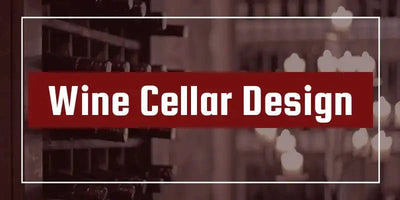
Designing or Upgrading a Wine Cellar?
We got you! Here at Wine Coolers Empire, we will guide you in building your dream wine cellar.

